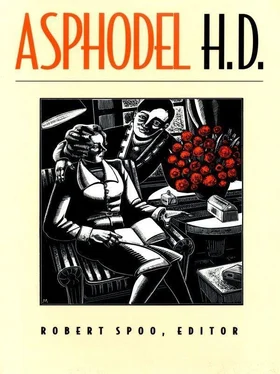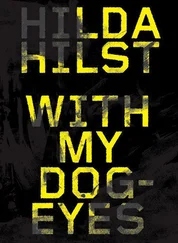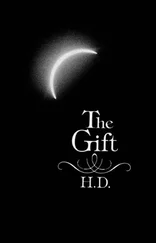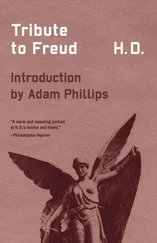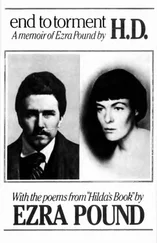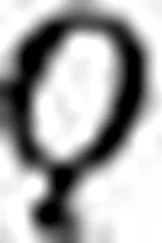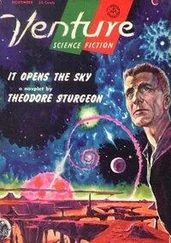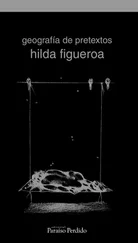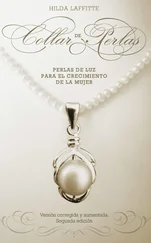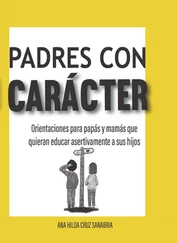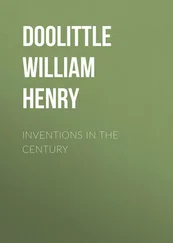Due to H.D.’s spotty revision of the typescript, some proper names and place-names waver in spelling (“Hermione”/“Hermoine”; “Lowndes”/“Lowdnes”), or appear in variant versions (“Captain Tim Kent”/“Captain Ned Trent”); I have regularized these spellings and variants. In general, I have treated misspelled names as ordinary misspellings, changing “Shelly” to “Shelley,” and “Houkashi” to “Hokusai,” for example. I have occasionally allowed the external, historical referent of a name to determine spelling when it seemed clear that H.D. had that referent in mind. For example, I have altered “Milais” to “Millet” (the painter of the Angelus ); “Sir John Sloane” to “Sir John Soane” (the founder of the Soane Museum in London); “Cryseus” to “Chrysis” (the character in Pierre Louÿs’ Aphrodite ); “Quai des Fleus” to “Quai aux Fleurs”; “Monte Solario” to “Monte Solaro.” But even this category contains exceptions. For example, in part 2, Hermione thinks of General Trent of “Ladyburg,” and though she clearly means the famous siege of “Ladysmith” during the Boer War, the possibility of comic wordplay made me reluctant to interfere. In certain cases, H.D. intends a name or place-name to be typical rather than historical, as when she gives “Krissenden” and “Chissingham” as towns in Buckinghamshire. I have not tampered with these names.
Literary quotations and allusions in Asphodel are often free and imprecise, and I have made no changes in these passages except to correct spelling and other accidentals. As noted above, the title of the novel itself is the result of “misquotation,” and the line between error and creativity in such cases is hard to draw. Occasionally H.D.’s citational habits produce an awkward phrase — as when, recalling Poe’s “To Helen,” Hermione thinks of “those Nemean barks of yore” instead of “those Nicean barks of yore,” or when Jean Valjean is referred to as “Jean Jean”—but such “errors” are allowed to stand.
Similarly, I have made relatively few alterations in H.D.’s punctuation. To grant H.D. her punctuation is to respect her syntax, the special rhythms and “voices” of her text. Her use of commas is loose and impressionistic, a practice appropriate to the free, experimental style of Asphodel . The narrative has a fluent, intimately “spoken” quality, and commas often indicate a voice pause or an emotional hiatus rather than a division of syntax; in this they are not unlike Emily Dickinson’s dashes. Only in cases of unusual awkwardness — about two dozen in all — have I added or subtracted commas. 22H.D.’s liberal use of hyphens (“scape-goat,” “super-natural,” “cock-tails”), along with her related tendency to split certain words into two (“court yard,” “any more,” “al fresco”), has been retained almost without exception. H.D.’s form of the dash — a single hyphen flanked by spaces — has been altered to American style. Dialogue passages in Asphodel are long and complex, occasionally blurring the distinction between speakers. H.D. (or her typist) evidently had difficulty with these passages as well, for quotation marks are omitted or misattributed in about ninety places. These I have corrected, taking context as my guide. Except in instances where hasty typing and inattentive revision resulted in obvious errors, I have retained H.D.’s italicization and capitalization. At this period she tended to italicize quoted phrases and passages, especially of poetry, but usually left foreign words and phrases unitalicized. Accents in foreign words have been added or corrected where appropriate. H.D.’s intricately rambling paragraphs and her spacing between chapter sections are reproduced exactly as in the typescript.
In general, I have proceeded in terms of a flexible notion of H.D.’s “sensibility,” a heuristic concept that has allowed me to accept a traditional model of authorial intention while remaining alert to the exigencies of an experimental modern text and sensitive to current theories of feminine writing. My decision to correct H.D.’s spelling but to leave her punctuation virtually unaltered — to regard the former as error and the latter as creative idiosyncrasy — is of course artificial to a certain extent. 23But the resulting text is, I believe, one faithful to H.D.’s intentions, insofar as these can be inferred or reasonably posited, and to the spirit of her prose writing as registered in the typescript of Asphodel and other published and unpublished works by her. 24
R.S.
Notes
1. See especially Susan Stanford Friedman, Penelope’s Web: Gender, Modernity, H.D.’s Fiction (Cambridge: Cambridge University Press, 1990), ch. 3 (“Madrigals: Love, War, and the Return of the Repressed”).
2. H.D. to John Cournos, July 9 [ca. 1920–1921?], in “Art and Ardor in World War One: Selected Letters from H.D. to John Cournos,” ed. Donna Krolik Hollenberg, The Iowa Review 16(1986): 147–48. This letter may have been written in 1918 or 1919.
3. Friedman, p. 141.
4. Selected Writings of Gertrude Stein , ed. Carl Van Vechten (New York: Vintage Books, 1972), p. 276.
5. H.D., “H.D. by Delia Alton [Notes on Recent Writing],” ed. Adalaide Morris, The Iowa Review 16(1986): 180.
6. H.D. to Norman Holmes Pearson, October 14, 1959, unpublished letter, Beinecke Library, Yale University.
7. Ibid.
8. H.D. to Bryher, from Lausanne, April 18, 1949, unpublished letter, Beinecke Library.
9. H.D. to Pearson, October 14, 1959. Even as she urges Pearson and Bryher to destroy “carbons” of Her and Asphodel , she indicates that there are “MSS.” of the novels in her possession. She seems to have been worried about the existence of multiple copies and obsolete versions, but there is no indication that she wished to destroy all copies. The letter to Pearson reveals that she had her own typescript of Asphodel as late as 1959, two years before her death.
10. H.D. to George Plank, March 31, 1925, unpublished letter, Beinecke Library. For a detailed account of the complexly interrelated novels of H.D.’s “Madrigal Cycle” ( Paint It To-Day, Asphodel, Madrigal ), see Friedman, ch. 3.
11. H.D. and the Greggs left for France in the summer of 1911; Asphodel is less precise about this date, at one point suggesting that it may have been 1912.
12. H.D. to Bryher, April 18, 1949.
13. See Robert Spoo, “H.D.’s Dating of Asphodel: A Reassessment,” H.D. Newsletter 4(Winter 1991): 31–40.
14. Cf. Friedman, pp. 107, 171–72.
15. From “L’Art Philosophique,” in Oeuvres complètes (Gallimard, 1961), p. 1099. “What is pure art according to the modern conception? It is the creation of a suggestive magic simultaneously embracing both object and subject, the world external to the artist and the artist himself” (my translation).
16. Walter Savage Landor, Imaginary Conversations: A Selection , ed. Ernest de Sélincourt (London: Oxford University Press, 1937), pp. 13–14.
17. The covering sheet and title page of Asphodel contain three versions of the title, all based on the quotation from Landor: “Asphodel,” “Fields of Asphodel,” and “This Side of the Grave.” The last mentioned was struck out by H.D., leaving the first two as options. I have chosen “Asphodel” because it is the tide H.D. used most often when alluding to the novel in letters and memoirs. “Asphodel” probably also refers, as Friedman points out, “to Odysseus’s descent to the Underworld, where he sees the shade of Achilles stride off into ‘fields of asphodel,’ ” and to certain early poems by Aldington (p. 386n). H.D. used the title “Amaranth” for one of the trilogy of poems she wrote in 1916 about her relationship with Aldington.
Читать дальше
